
Farming "God’s way"

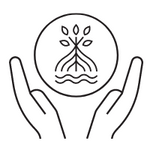
Arabuko-Sokoke Forest and Mida Creek on Kenya’s tropical coast near the resort town of Watamu support some of Africa’s rarest wildlife. The forest is the largest remnant of a dry coastal forest which once stretched from Somalia to Mozambique and is globally recognised for its rich biodiversity. As the wildlife fights for survival, so do the people living around the forest and creek. I had heard about a successful faith-based project that focuses on restoring threatened forests with local community members as the drivers. Intrigued, I set out to find out more.
“This is farming God’s way,” was a popular comment from the many people I encountered during my time with the A Rocha Kenya team, and, after a while, even this pantheist (or whatever the term is for my sort) saw the light. My host and founder of A Rocha Kenya – Colin Jackson – believes profoundly that the church is the sleeping giant of conservation. “Imagine if the church got each community member to plant and care for an indigenous tree!” he proffered while nonchalantly slipping a leg ring onto a tiny olive sunbird before releasing it. This got me thinking because I had never before viewed religion as a tool for conservation. After spending several heart-warming days with Colin’s team, I now do.
Ecotourism for the good of community
A Rocha Kenya runs a highly effective programme that uses ecotourism activities to provide secondary-school scholarships that meet the economic and social needs of communities living around the forest. Ecotourism funds the bursaries, and local people are taught to value and care for the forest and creek; environmental education and practical conservation activities complete the virtuous circle.
The scholarships enable local families to commit to lifestyle changes which lower their everyday impact on the forest. For example, tree nurseries of indigenous species and butterfly farming provide incentives and alternatives to illegal logging and non-sustainable fishing.
My base in the area was Mwamba Conservation Centre in the seaside town of Watamu – a rustic hostel for volunteers and tourists. Communal meals and a general all-hands-on-deck approach make this the ideal destination for single and hitched travellers wishing to get stuck into practical conservation chores while also enjoying the laid-back coastal vibe.
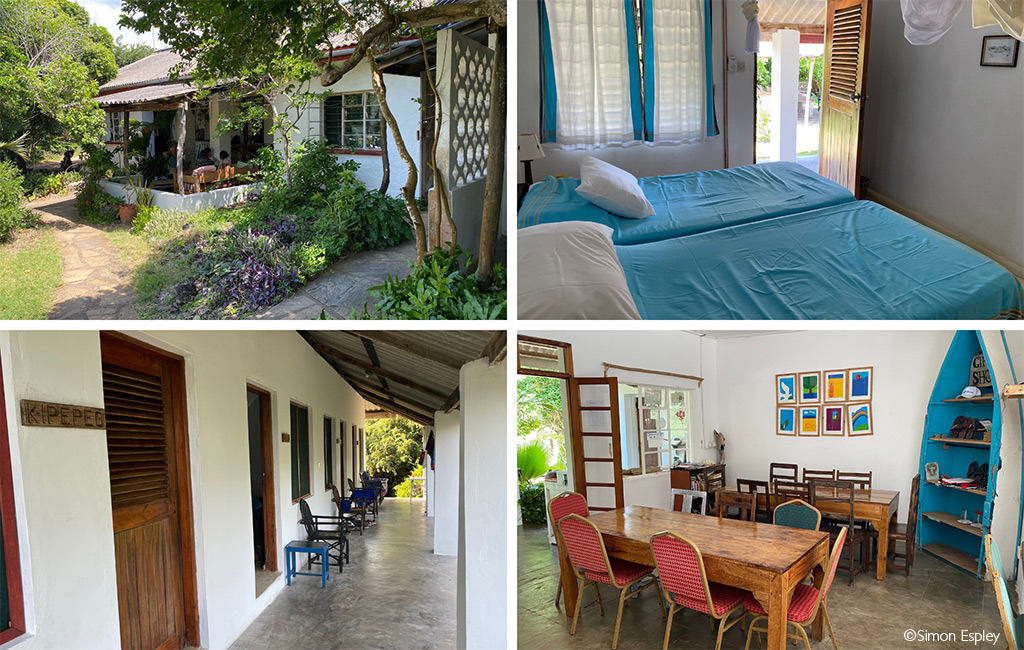
Birding in Arabuko-Sokoke Forest
To fully appreciate the value of this coastal forest ecosystem, I went birding one morning in the nearby Arabuko-Sokoke National Reserve. My guide was local legend Albert Baya, another A Rocha Kenya employee. There are several highly sought-after bird species in the forest. Top of that list is the Sokoke scops-owl, which must be the cutest bird on the planet. There are a few known daytime roost sites for this tiny stunner, and we planned to head there mid-morning. First, though, we walked the forest in the early morning and managed to tick off delights such as Amani sunbird, pale batis, little yellow flycatcher, red-tailed ant-thrush, chestnut-fronted helmet-shrike, Mombasa woodpecker, coastal cisticola, Malindi pipet, southern-banded snake eagle and Fischer’s turaco. In addition, we heard Clarke’s weaver in the canopy but could not spot this elusive endemic that occurs only in a few tiny patches of forest in this area. Just think about that – this weaver occurs nowhere else in the world. We also bumped into two gorgeous golden-rumped sengis, although I only caught a glimpse as they scurried off into the dense undergrowth.
Once rising temperatures put paid to birding, we headed out to find the celebrated Sokoke scops-owl in the dense Cynometra portion of the forest. We were lucky – after leaving our vehicle, we followed a winding track for five minutes, ducked under a dense shrub and looked up into the wide-eyed stare of a pair of these gems – about 3m above me! The couple – one ginger and one grey – seemed totally non-plussed and yet unphased by our presence, and after a few minutes, they faded into snoozeville. After ecstatic but silent high-fives, we headed back to Mwamba for lunch.

On the way back from the forest, I noticed butterfly nets hanging along a forest track (cover image). Albert explained the workings of this innovative project. Local butterfly farmers catch adult butterflies which they keep in cages for breeding purposes. The eggs hatch into caterpillars which then pupate. The pupae are sold internationally to butterfly parks for display to the public – who knew? Some of the butterflies are returned to the forest after a breeding cycle. This farming has no noticeable impact on butterfly numbers, whereas the practice is demonstrably successful in protecting this tract of forest. It’s a straightforward illustration of creating value in trees beyond firewood and furniture.
Kenya’s only coastal-tree nursery
To better understand the link between forest trees and local people, I visited A Rocha Kenya’s tree nursery near Watamu – the only coastal-tree nursery in Kenya. I was shown around the facility by the proud and passionate Alex Saidi, who explained that the trees grown from seed are provided free of charge to the families of bursary recipients for planting at their homes and in their neighbourhoods. The recipients are taught how to care for trees and use organic, no-till methods to ensure prosperous vegetable gardens – ‘farming God’s way’. The sound logic is that the trees have a better chance of survival if given to invested and trained people than if they are handed out willy-nilly – a clever strategy to ensure success. Also provided to bursary family members are energy-saving fireplaces, known as jiko, so villagers use less firewood for cooking. A Rocha Kenya also operates a tree nursery in Karara, Nairobi.

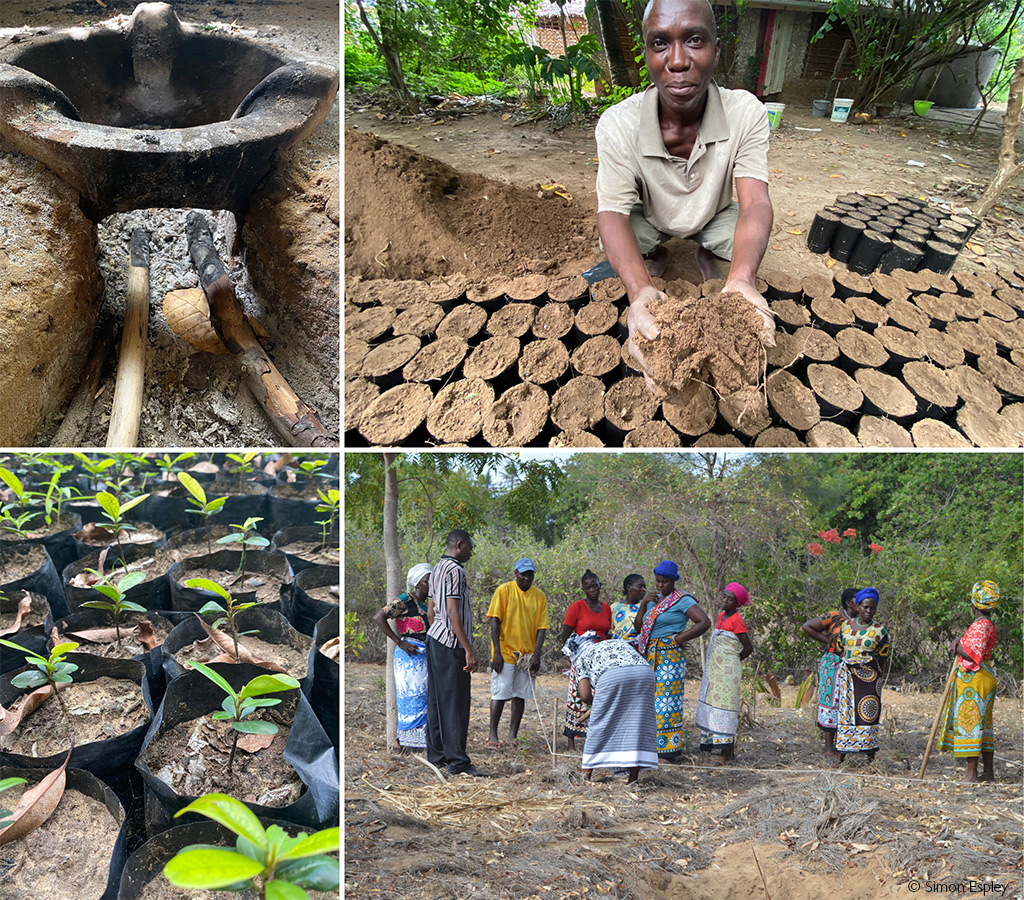
Visiting Gedi Ruins
Albert took me to visit the 12th-century Gedi Ruins – a short drive from Watamu – which I highly recommend. This historical site has a fascinating history and is highly photogenic – well worth a few hours of your time. Unfortunately, our (mandatory) local guide rattled off his spiel with barely a breath taken, and I would recommend staying on afterwards to wander the vast site at your own pace quietly. Bring a hat, water and a snack. And for birders, I recommend taking your binoculars – we heard green barbet and Fischer’s turaco in the overhanging canopy.
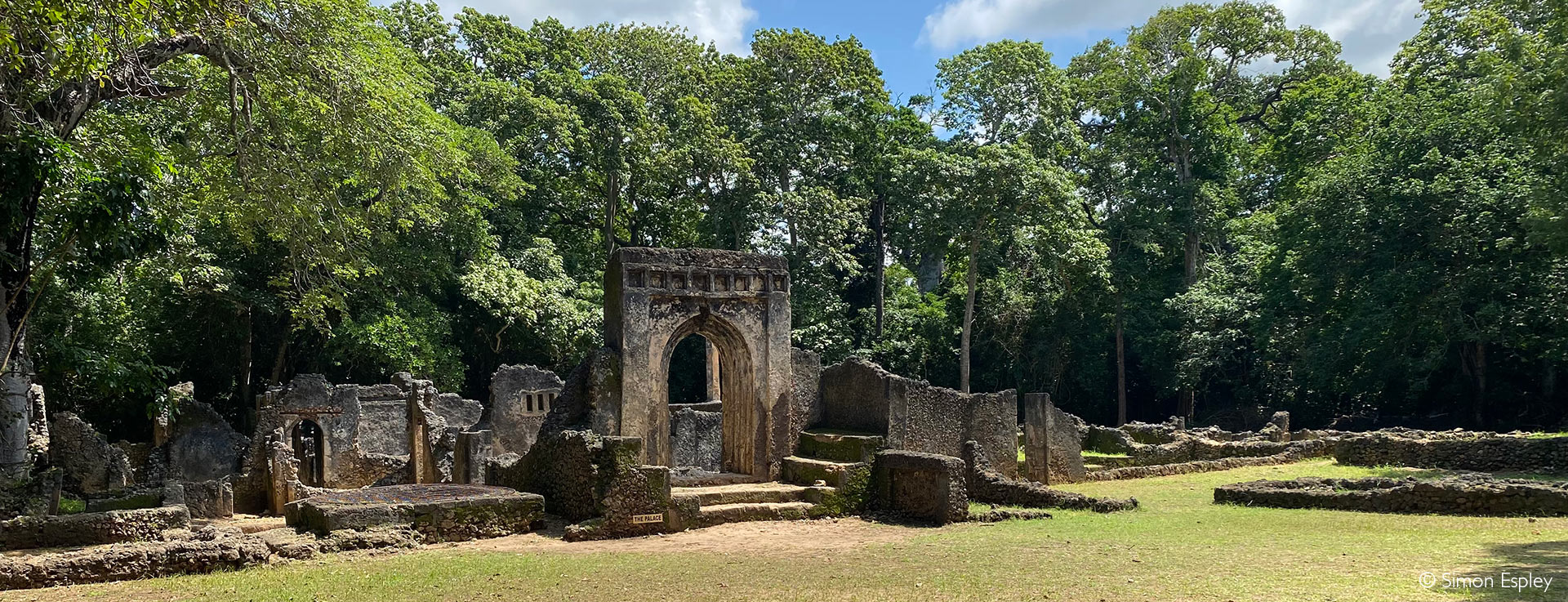
Mida Creek
Another highly threatened forest type in this area is the once-extensive mangrove forests that play vital roles as fish and shellfish nurseries while offering coastal stabilisation and water purification. A Rocha Kenya supports the mangrove forests of the nearby Mida Creek with community-based projects of a similar kind. Again there is a nursery for mangrove trees. The community-built and managed boardwalk offers an excellent experience for bird-watchers – winding through the mangroves before terminating in a viewing platform at the lagoon edge to spot thousands of waders that call Mida Creek their home. I ticked off my first crab plover during my brief visit – a stunning bird, to be sure.

During my time at Mwamba, I watched team members busying themselves with moth surveys and bird-netting research and heard stories of community work, photographing sharks and monitoring plastic marine pollution. This project has many layers – a brilliant reflection of how nature works.

Conserving Dakatcha Forest
A Rocha Kenya is securing blocks of the same coastal forest type as Arabuko-Sokoke – at Dakatcha Forest, about 60km away. This community-owned forest is going the way of many of Africa’s coastal forests – firewood and furniture. And so, Colin and his team are securing the land for future generations by providing the community with a set amount and implementing the same layers of sustainable-utilisation projects. What a fantastic endeavour! I have donated to this project – a direct and accountable way to mitigate my carbon footprint from this particular safari. All donations are welcome, but be aware that a US$300 donation will purchase one acre of land for conservation purposes. Now that there is a willing buyer the price of land is increasing, and Colin expects to pay up to US$500 per acre of more sought-after land. You, too, can contribute to further the cause.
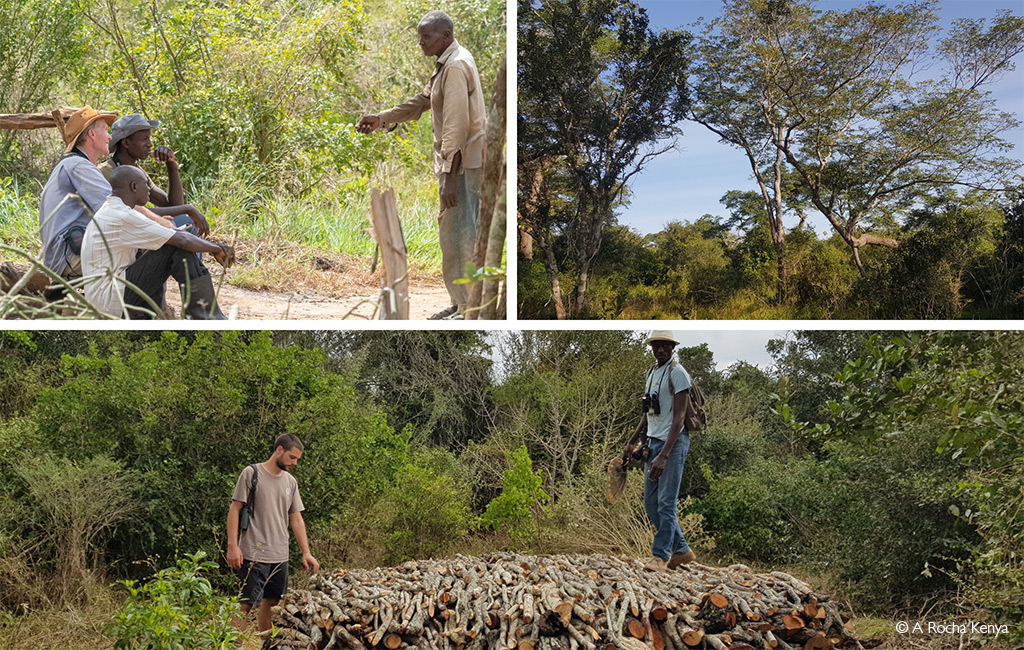
I arrived at Mwamba not knowing what to expect and left feeling wiser and lighter. I sincerely hope this comment will make sense to some of you and that you will spend time in this paradise. Responsible, impactful travel is undoubtedly one of the best ways to empower rural African communities to maintain and even improve ecosystems and bolster biodiversity. Safari njema!
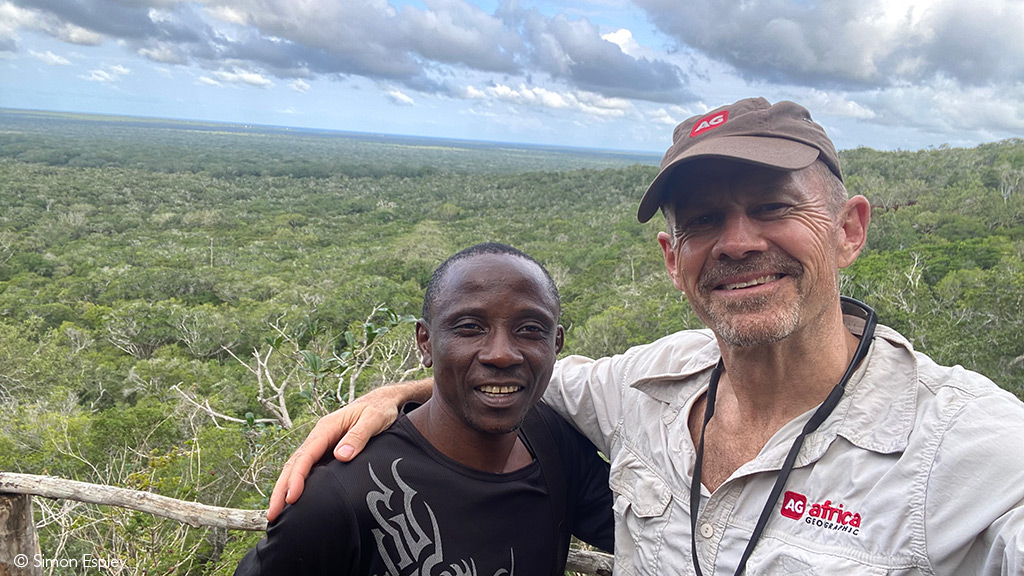
To comment on this story: Login (or sign up) to our app here - it's a troll-free safe place 🙂.![]()






